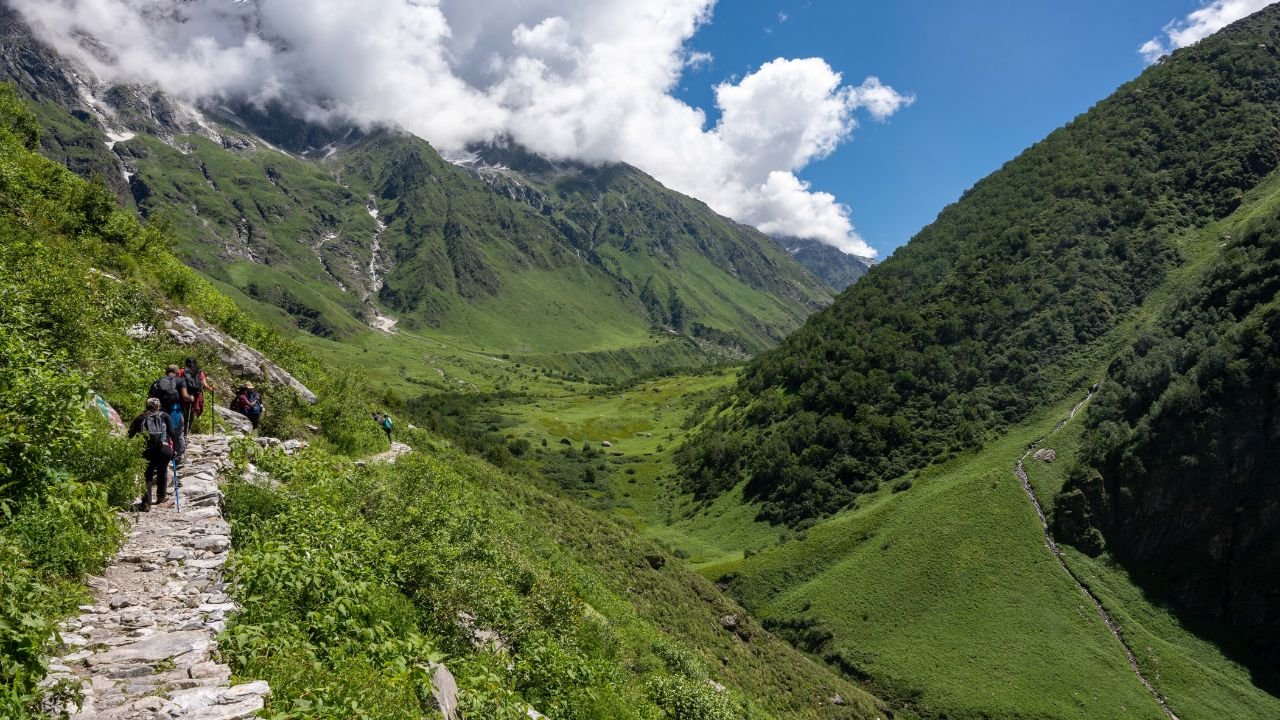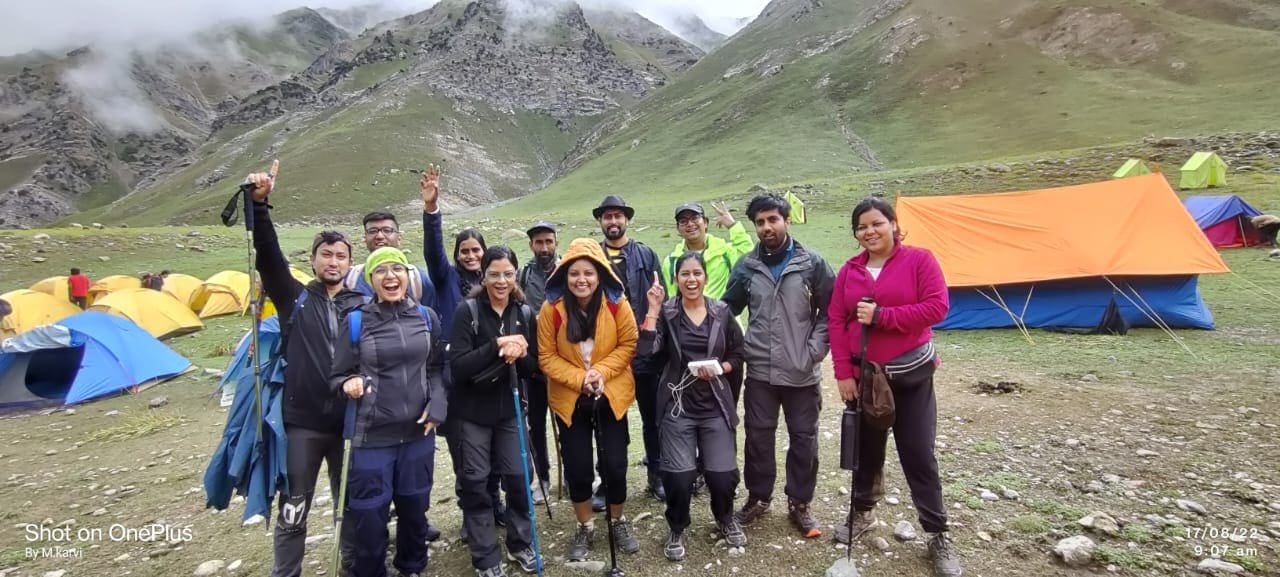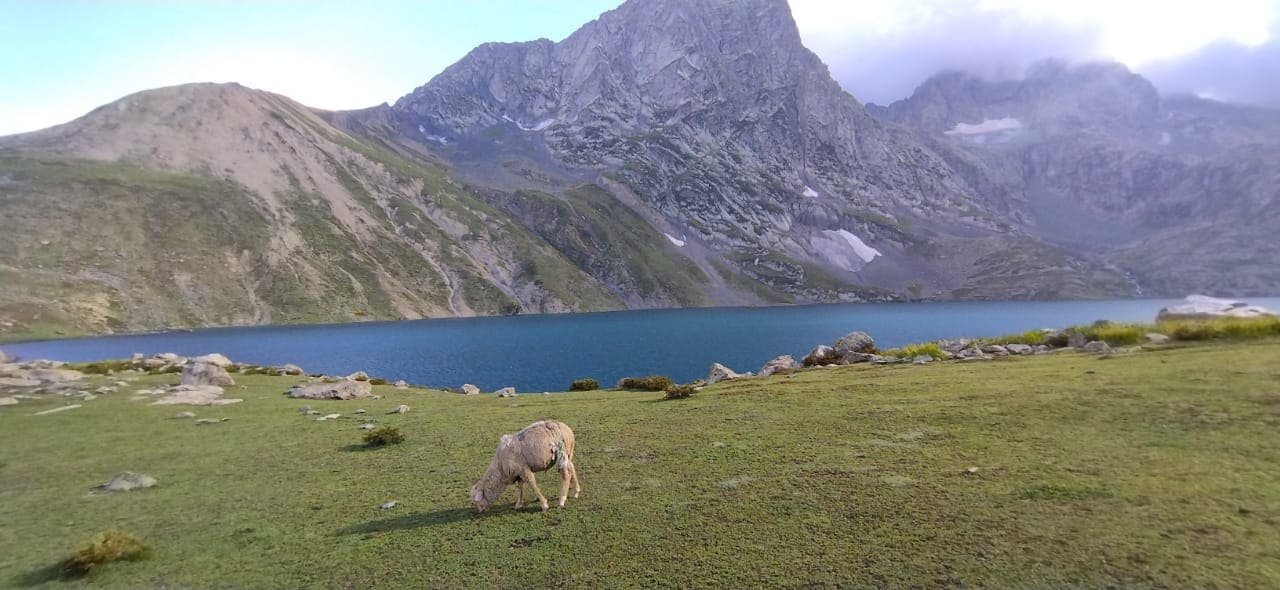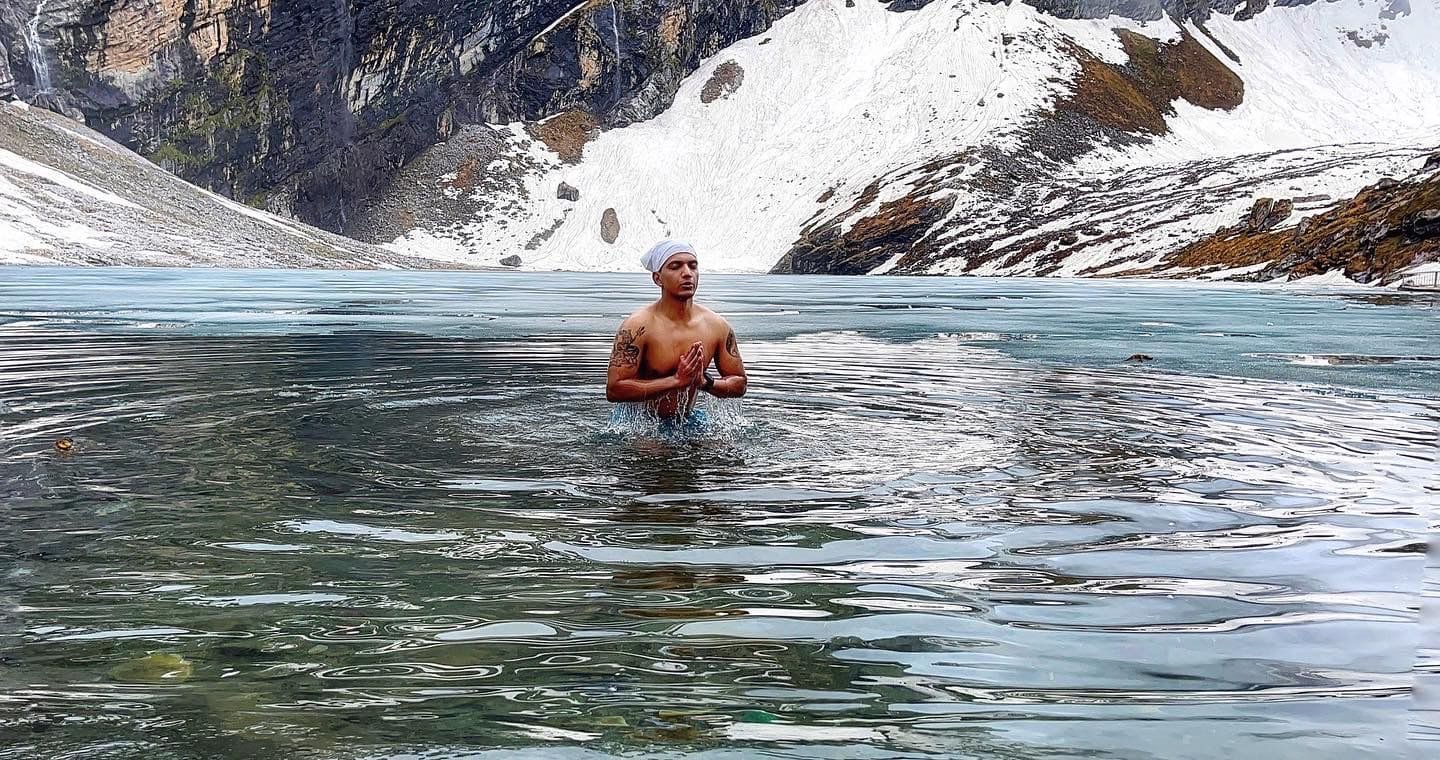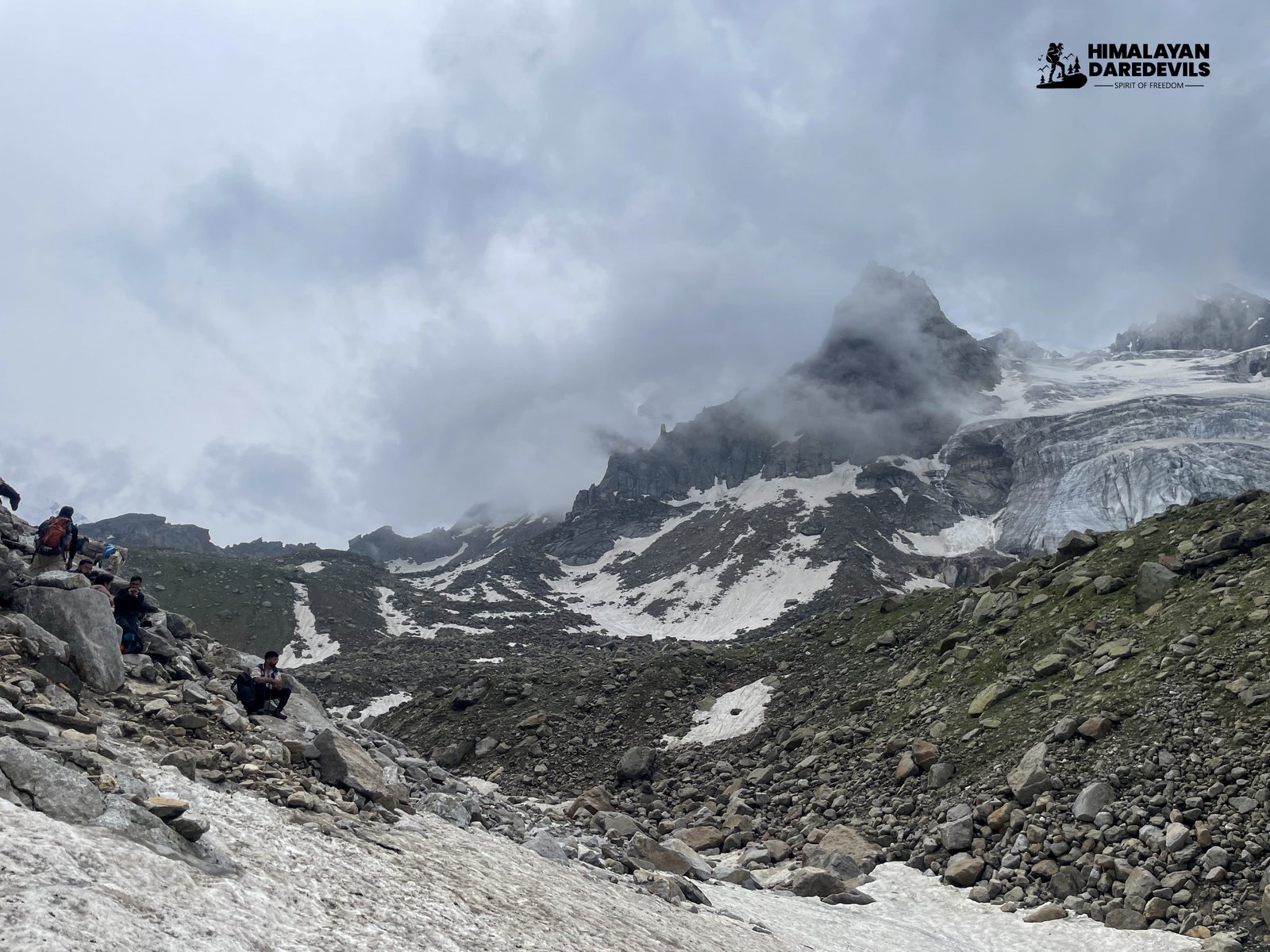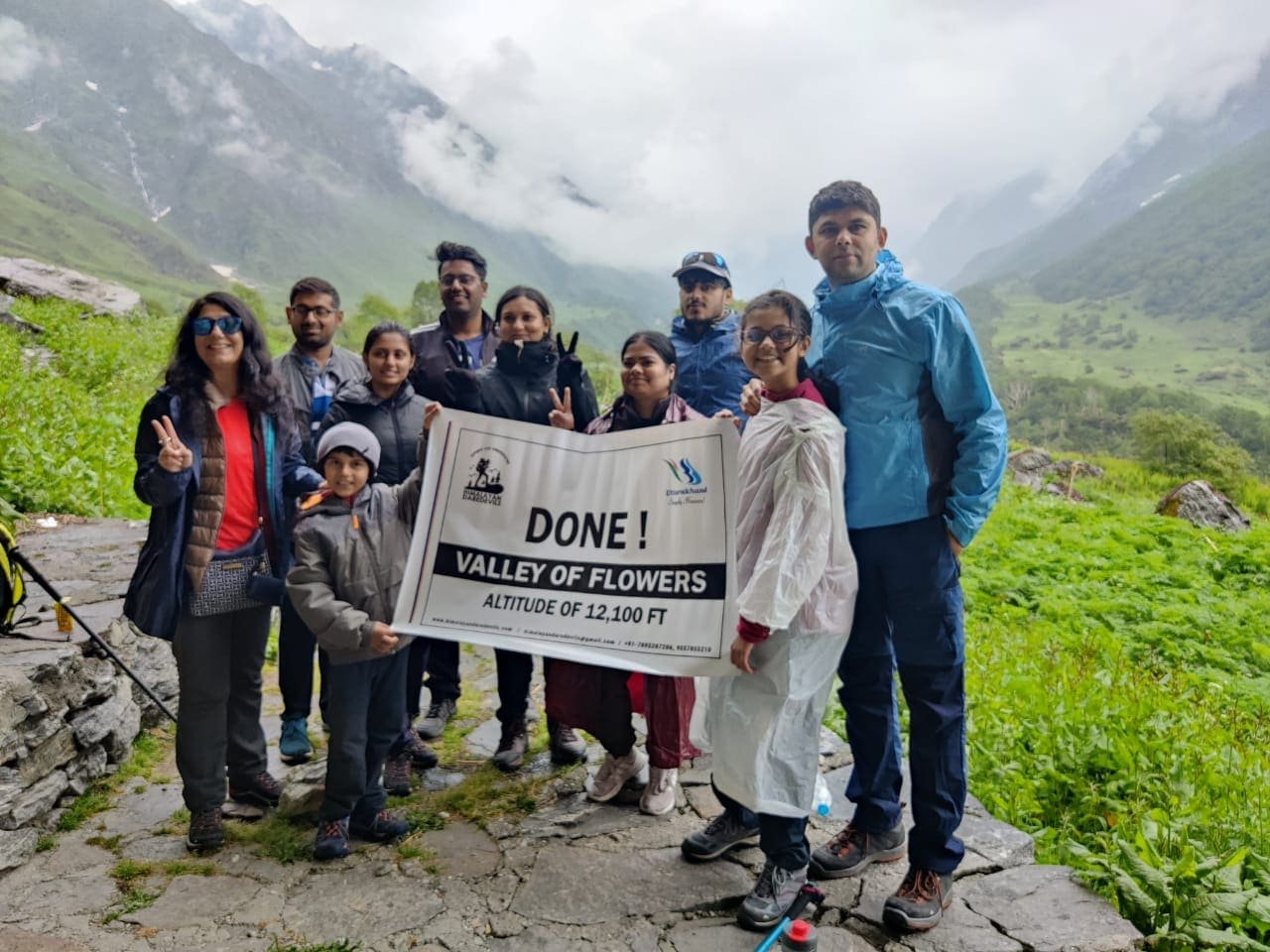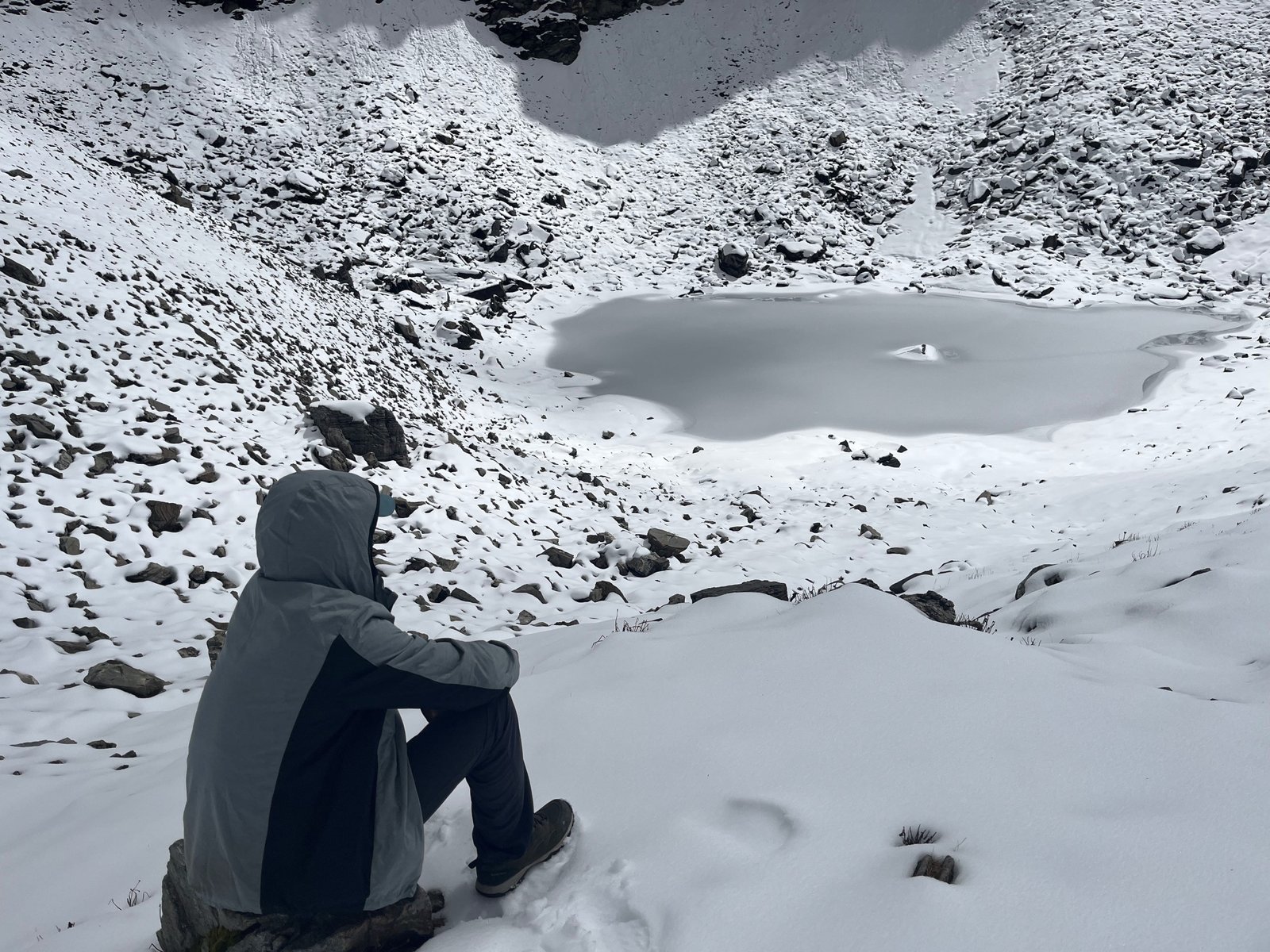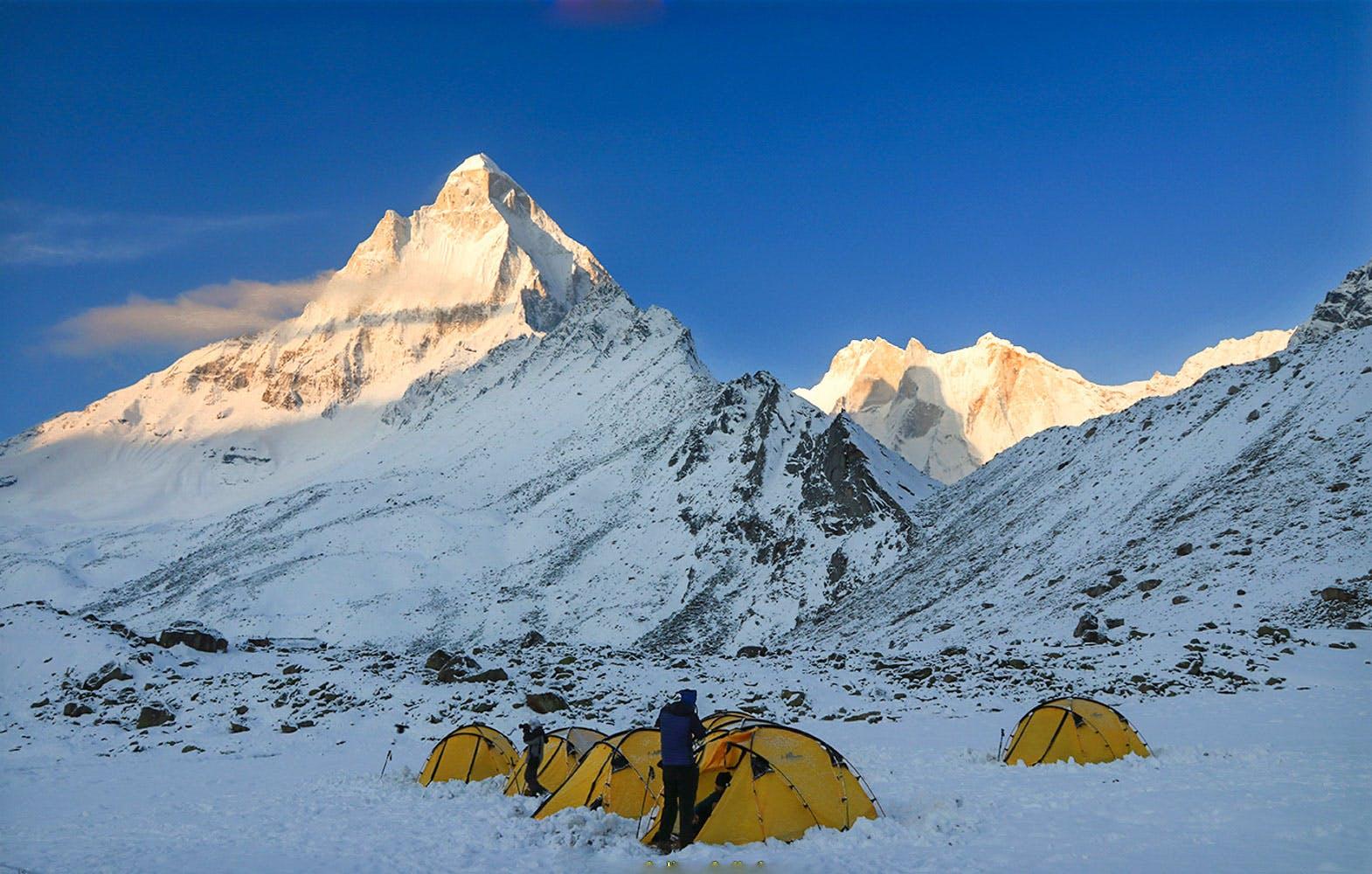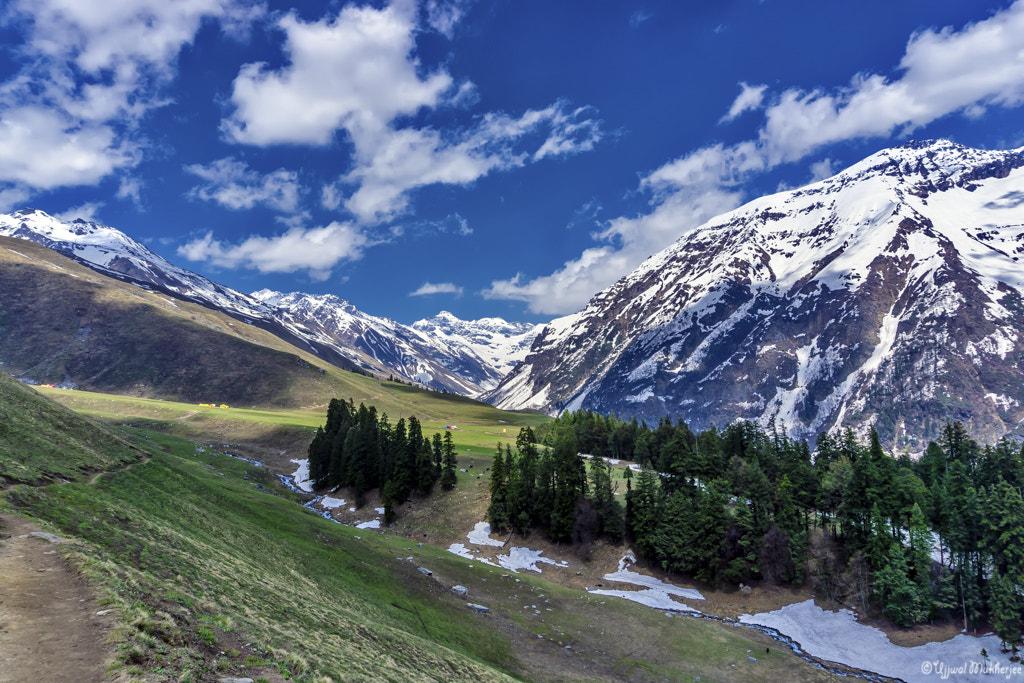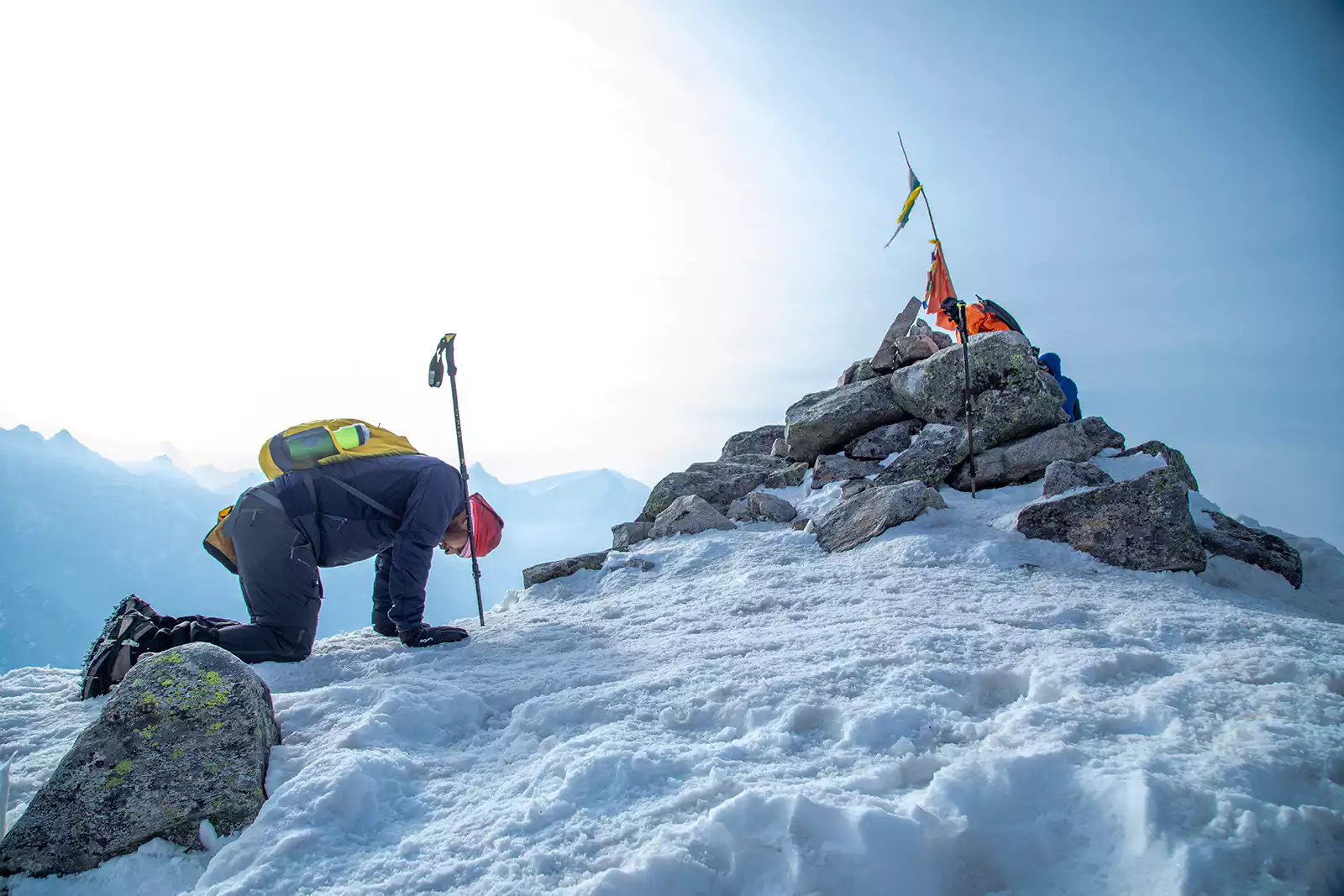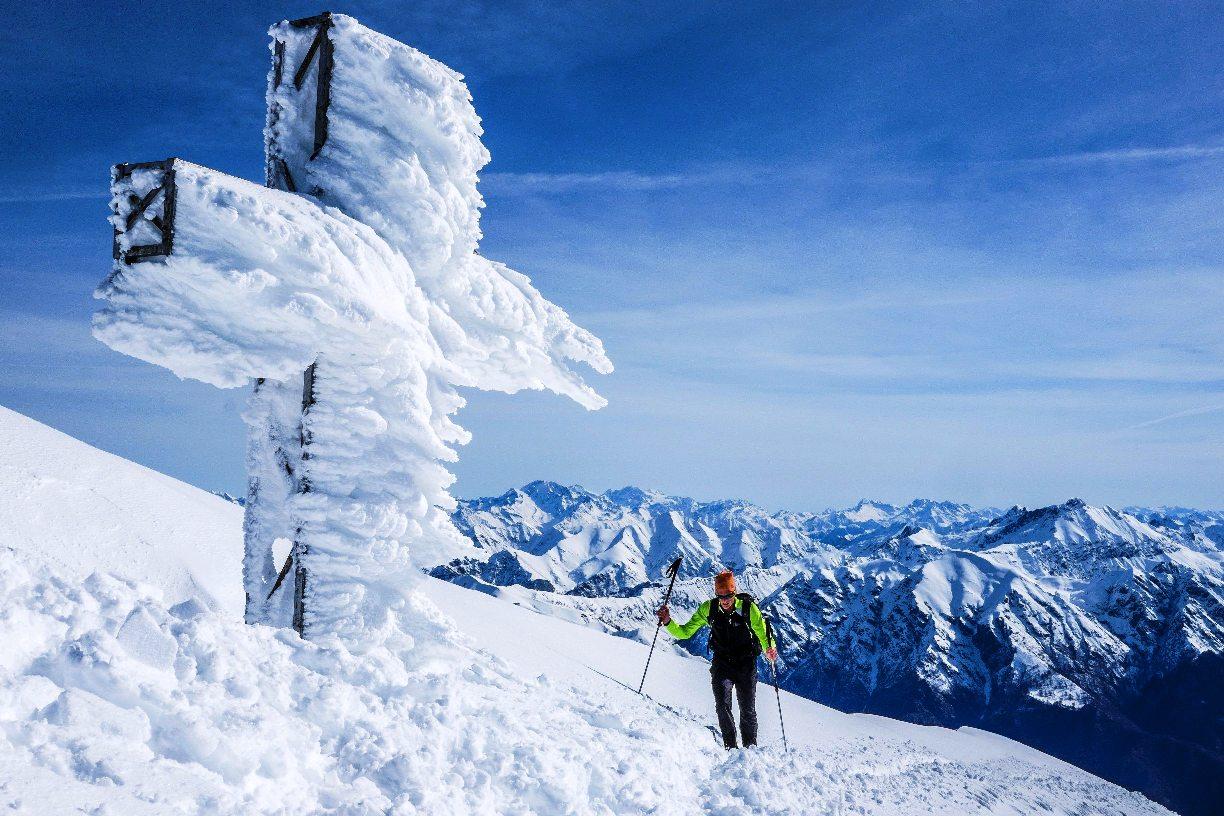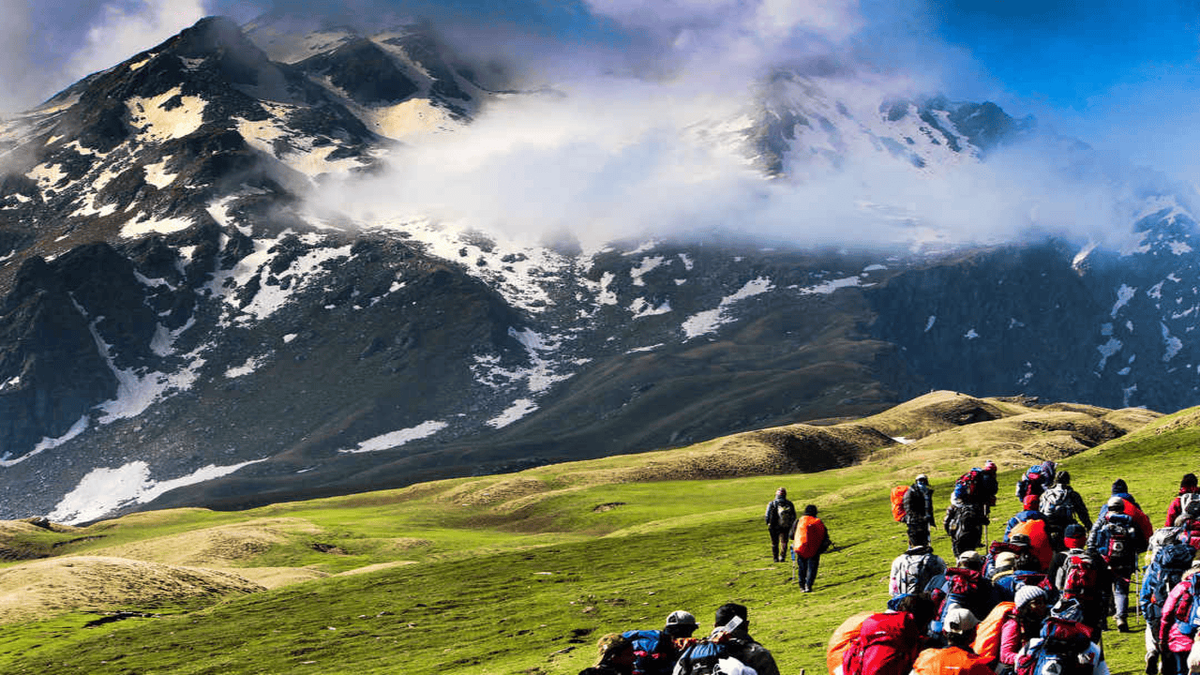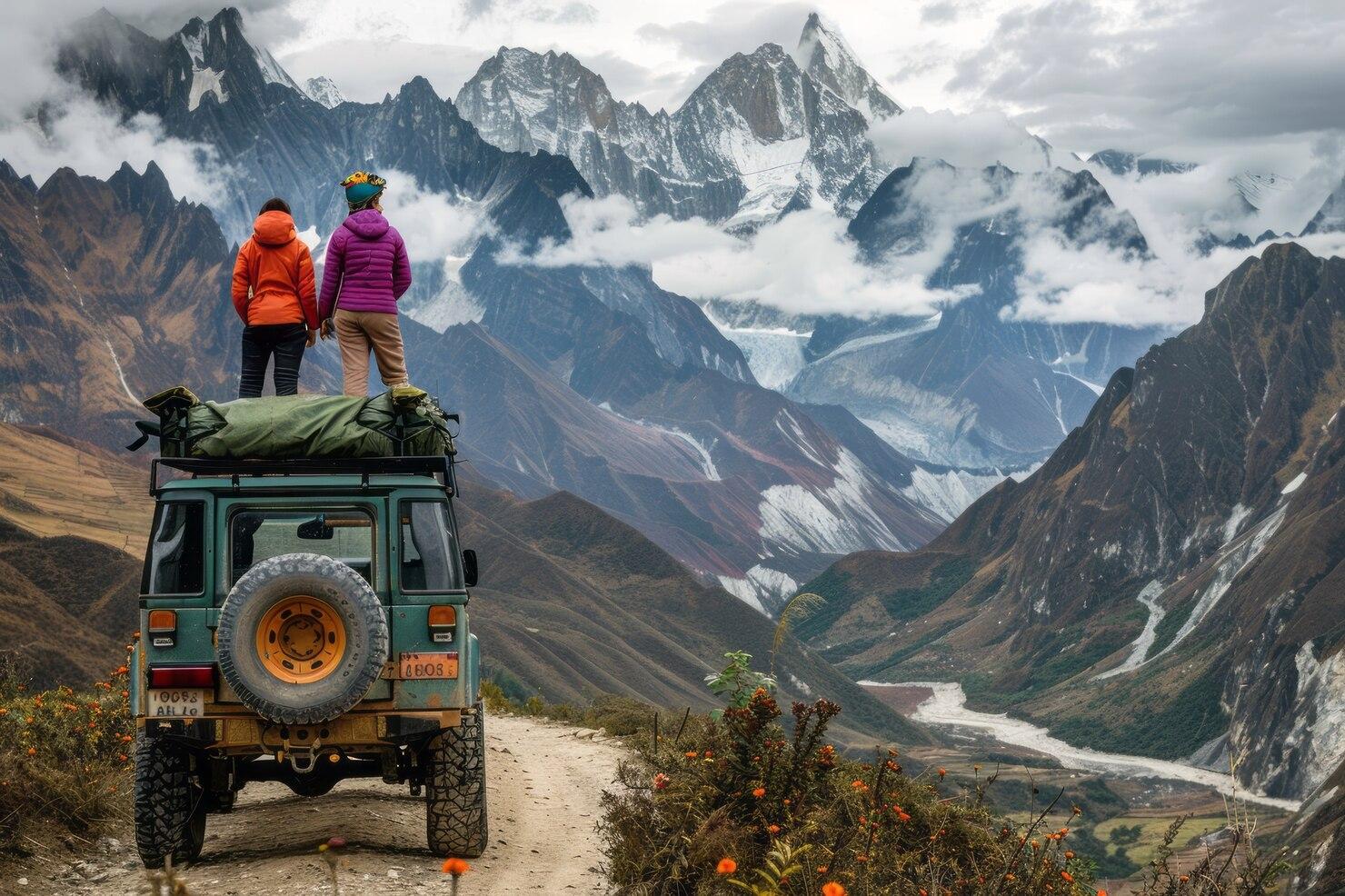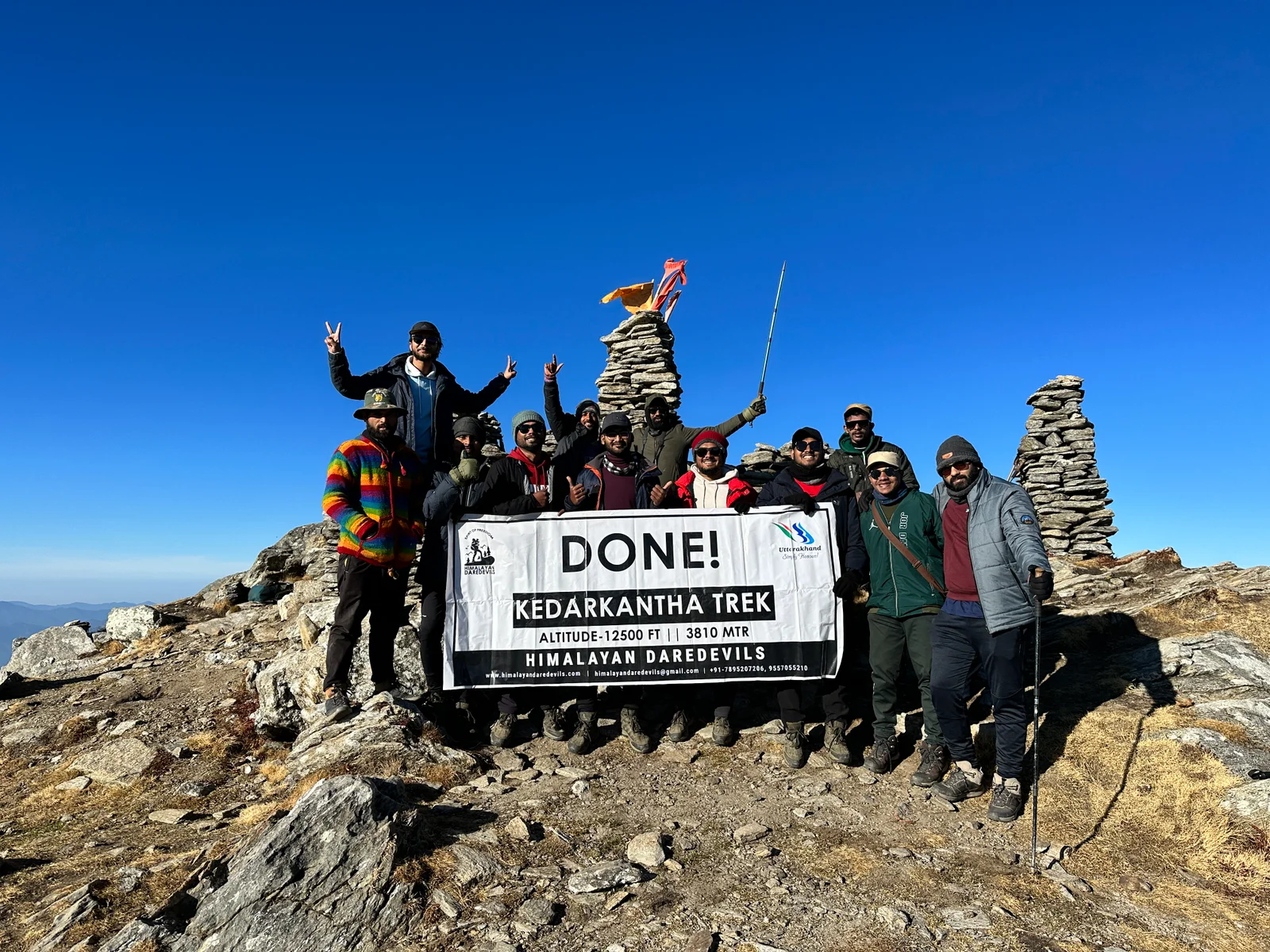10 July 2025
In the green Himalayas of Uttarakhand there is a place that comes alive every monsoon, with multicolored flowers and lush green foliage, this is the Valley of Flowers. A hidden paradise for most, this valley has earned the title for UNESCO World Heritage Site because of the unique natural beauty that it has to offer. For many this trek is not just a physical journey- it's an emotional and spiritual experience.
But like every adventure, the Valley of Flowers trek offers more than just picture-perfect views. It gives plenty: peace, perspective, and a reminder of nature’s untouched beauty. Yet, there are things it doesn’t promise—luxury, certainty, or a typical tourist experience. Here we dive deep into what the Valley of Flowers trek truly gives to those who walk its path—and what it doesn’t, helping you decide whether this journey is calling your name.
Highlights Of The Valley Of Flowers
A Burst of Wildflowers
The Valley of Flowers is just like any other valley in the Himalayas, surrounded by tall green hills, covered in thick foliage and hiding a beautiful glacial stream that goes through it, but as the monsoon rain reaches the Himalayas, the Valley transforms. The sleeping wildflowers wake up and the valley lights up with many colors decorating its green meadow carpet. In the time from July to September over 500 species of flowers, like Blue poppies, Himalayan bellflowers, orchids, anemones, and more bloom across the meadows.
UNESCO World Heritage Site
The exceptional natural beauty and biodiversity of The Valley Of Flowers gained it the recognition as a UNESCO World Heritage Site. This recognition also makes it a protected zone that draws nature lovers, botanists and trekkers from around the world.
Stunning Himalayan Landscape
Surrounded by the snow capped peaks like Gauri Parvat and Nilgiri Parvat, the valley offers a surreal backdrop that changes with every step- lush meadows, misty trails and glacial streams. The Snow capped peaks sometimes shine through the low hanging mountains, giving you a glimpse of the snow peaks that are always covered in snow.
Peaceful and Less Commercial
The Valley of Flowers trek remains relatively less crowded, because the monsoon time sees fewer tourists in the region, so you can have all the beauty and scenery to yourself. The peace and calm of the untouched corners of the trek, where you sit down to look at the valley, stay with you long after the trek is done.
Rich Wildlife and Rare Flora
The Valley is also home to amazing wildlife that hides safe among its corners and thick foliage. If you are lucky you might get a glimpse of the shy snow leopard or the flamboyant Monal bird with its striking colors. The Rare medicinal herbs and endemic alpine plants thrive here making it a paradise for botanists, wildlife enthusiasts and conservation-minded trekkers alike.
Trekker-Friendly Route
The Valley of Flowers trek is moderately challenging and accessible to any nature lover who wants to explore new and exciting corners of the world. The trek requires no prior experience and can be completed with ease and without any specialised gear. You must just have a good pair of shoes and a walking stick and you are ready to go.
What The Valley Of Flowers Trek Doesn’t Offer
The magic of Valley of Flowers cannot be compared to anywhere else but just like anywhere else in the world, it cannot be everything. It’s important to know what not to expect:
Luxury or Modern Comforts
Don’t expect lavish hotels, gourmet meals, or spa-like stays. Accommodation is basic with simple food and shared facilities. Comfort takes a backseat in the remote Himalayas, this is an opportunity to get closer to nature and to experience its unfiltered nature in person.
Cell Network and Internet
Connectivity is extremely limited. Most of the route has no mobile network and internet access is unreliable at best. The trekkers can use this as an opportunity to detox themselves from the digital world and live away from the world of pixels and constant comparisons.
Instant Gratification
The Valley does not reveal its beauty in the first few steps. You will have to trek through forests, steep paths, and uncertain weather before reaching the bloom-filled meadows. Patience is part of the reward.
Guaranteed Flower Bloom
Nature follows a calendar of its own. The intensity and variety of flowers depend on the timing of the visit and rainfall patterns. Visit too early or too late, and you might miss peak bloom. This makes seeing the valley full of colorful flowers even more special.
Challenges You’ll Face on the Valley of Flowers Trek
Altitude and Acclimatization- The Valley of Flowers trek reaches to the height of 14,000ft, so altitude sickness can become a real concern. To tackle the problem of altitude sickness you notice your body and see for signs of nausea and headache, notify the trek leader or your trek mate and stop and take rest. You must also hydrate yourself to prevent getting sick.
Steep and Slippery Trails- The monsoon brings out the colors of the wildflowers, but it also brings with itself slippery trails. A good pair of high ankle boots with good grip can make a lot of difference to cover the trek with ease, these boots will keep you from falling down and injuring yourself.
Weather Unpredictability- Expect sudden showers, fog and chilly winds–even in summers. The weather of the remote Himalayas is unpredictable, more so in the monsoon season. You must bring rain gear to keep yourself and your belongings safe from unexpected showers.
Limited Facilities- Ghangaria is the last settlement before the Valley of Flowers trek. Food and accommodation options are basic, there is also no medical infrastructure in the valley. You must carry a first aid kit and other essentials to keep yourself prepared for any emergency during the trek.
Experiences That Make the Valley of Flowers Trek So Special
Humans many times in the quest to make places accessible take away the true character of the place, it can be said that the valley of flowers has remained safe from this nature of humankind . The vast valley and the mountains that surround it are without human activity. The valley of flowers trek remains as it was the day it was discovered, this is because this place is a heavily protected area and so you get to see Nature in its Purest Form.
In this pure sanctuary you get to meet fellow lovers of nature, trekkers on adventure just like yourself, you get the opportunity to interact with them and you get to share your own perspective about nature and life. The trek also brings you closer to the locals of the regions and shows you their unique lifestyle upfront. With no signal and minimal distractions, you reconnect with nature, your thoughts, and a slower pace of life.
There are special moments like these and many more that you will experience during your trek to the Valley. The biggest and the most memorable of them is the Joy of Earning The View, when you climb up to the final horizon and see the twinkling faces of flowers you never saw before, a deep sense of satisfaction and achievement is sure to bring you joy.
The Valley of Flowers trek gives you experiences that you take home with yourself and then someday when you are deep at work, a gentle breeze reminds of your time in the hills, calling you back again.
Tips to Enjoy the Valley of Flowers Trek
Plan Your Timing Right: To see the wildflowers bloom you must make sure that you visit the Valley of Flowers during the right time. Mid-July and Mid-August is the best time to visit the Valley of Flowers, if you visit before this time or after this you miss the peak bloom. Early July may still be snowy, and late August can be rainy and foggy.
Train In Advance: Proper training before the trek can make a lot of difference, it can save you from altitude sickness, from fatigue and can save you a lot of time because then you won't have to sit and take rest in between.
Pack Smart, Pack Light: Essentials: good trekking shoes, rain gear, a walking stick, warm layers, reusable water bottle, basic first aid, and waterproof bags. Having the right gear helps you in being safe and in avoiding unnecessary problems
Stay Hydrated and Eat Well: Keep sipping water, even if you’re not thirsty. Energy bars and dry fruits can help on longer trek days. Staying hydrated and eating right gives you the energy to move forward without brakes.
Respect The Environment: Avoid littering, stay on the trail, and don’t pluck flowers. Leave no trace so others can enjoy it too.
Conclusion
The Valley of Flowers trek is an opportunity to see the beauty of the Himalayas, the remote green meadows of this site are where the beautiful flowers bloom. A trek of moderate difficulty makes it accessible to anyone who is willing to push a little.
If you’re seeking a trek that feeds your soul more than your social feed, where the reward is earned step by step, and where nature does all the talking, the Valley of Flowers might just be your calling.
